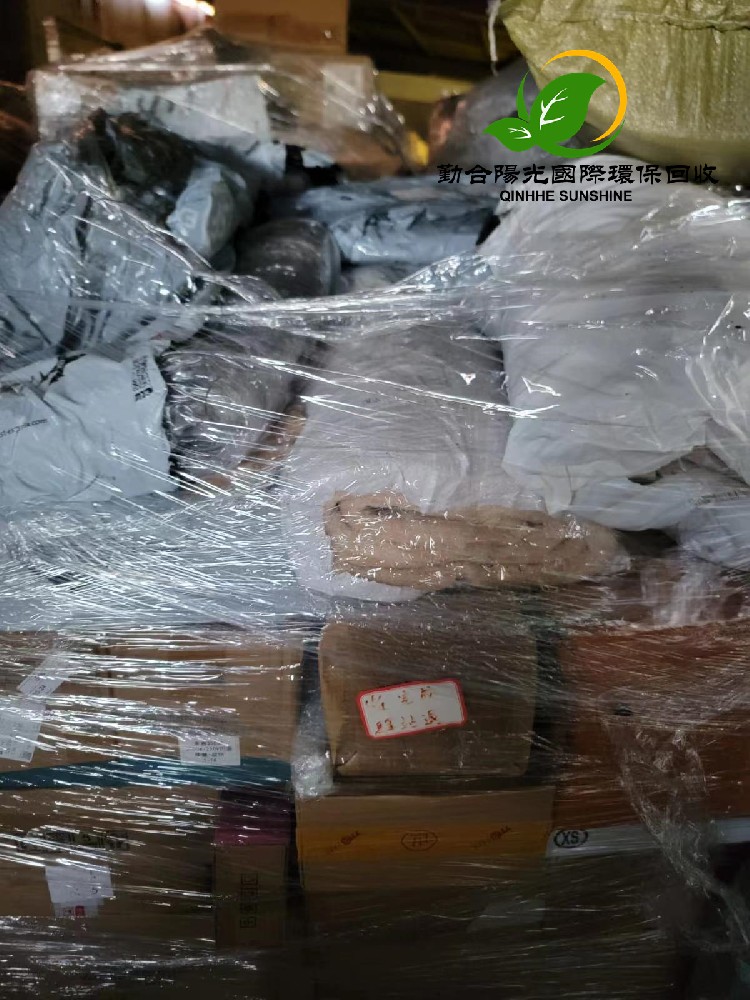Why Does Electronic Logistics Require Return to the Port and What is the Process of Return-to-Port Recycling and Disposal?
I. Reasons for Returning to the Port in Electronic Logistics
Returning to the port in electronic logistics refers to the process of returning electronic products from the destination to the original export port or a designated port. There are various reasons for returning to the port, mainly including the following aspects:
1. Product Quality Issues
Electronic products may encounter quality problems during transportation or use, such as damage, functional failures, etc. To ensure the rights and interests of consumers, enterprises usually choose to return the problematic products to the original port for inspection or repair.
2. Regulatory and Compliance Requirements
Different countries and regions have different regulatory requirements for the import and sale of electronic products. If the products do not meet local regulations or standards (such as environmental protection, safety, etc.), they may be required to be returned to the port.
3. Changes in Market Demand
Changes in market demand may lead to the slow sales or excess of certain electronic products. To avoid inventory backlogs, enterprises may choose to return unsold products to the original port for redistribution or disposal.
4. Return and After-sales Service
After purchasing electronic products, consumers may choose to return the products due to dissatisfaction or other reasons. Enterprises need to return these returned products to the original port for subsequent processing.
5. Environmental Protection and Recycling Responsibilities
Electronic products contain a large amount of recyclable materials, such as metals and plastics. Return-to-port recycling and disposal help reduce the pollution of electronic waste to the environment, and at the same time recycle valuable resources, which is in line with the requirements of sustainable development.
II. The Process of Return-to-Port Recycling and Disposal
Return-to-port recycling and disposal is a complex process involving multiple links and participants. The following is a typical return-to-port recycling and disposal process:
1. Application and Approval for Returning to the Port
◦ Application for Returning to the Port: Enterprises or consumers submit an application for returning to the port to relevant parties (such as logistics companies, customs, etc.), state the reasons for returning to the port and provide relevant supporting documents (such as product quality inspection reports, return slips, etc.).
◦ Approval Process: Customs or relevant departments review the application for returning to the port to ensure that the return-to-port behavior complies with laws and regulations, and approve the return to the port.
2. Transportation for Returning to the Port
◦ Logistics Arrangement: Enterprises or logistics companies arrange transportation means (such as sea freight, air freight, etc.) to transport the electronic products from the destination back to the original port or the designated port.
◦ Transportation Documents: Prepare necessary transportation documents, such as bills of lading, packing lists, return-to-port certificates, etc., to ensure the smooth customs clearance of the goods.
3. Customs Clearance for Returning to the Port
◦ Customs Declaration: After the goods arrive at the port, enterprises or logistics companies need to declare the goods returned to the port to the customs and submit relevant documents (such as the return-to-port application, transportation documents, etc.).
◦ Goods Inspection: The customs inspects the goods returned to the port to ensure that the goods are consistent with the declared information and meet the conditions for returning to the port.
◦ Customs Clearance and Release: After the customs' review is passed, the goods are allowed to enter the port and proceed to the next processing process.
4. Recycling and Disposal
◦ Sorting and Inspection: After the goods returned to the port arrive at the recycling center, they are first sorted and inspected. According to the condition of the products (such as intact, damaged, repairable, etc.), the subsequent processing methods are determined.
◦ Repair and Refurbishment: For repairable products, repair and refurbishment are carried out to make them meet the standards for resale.
◦ Dismantling and Recycling: For products that cannot be repaired, they are dismantled to separate the recyclable materials (such as metals, plastics, etc.) and are subjected to environmental protection treatment.
◦ Waste Disposal: For the parts that cannot be recycled, harmless treatment is carried out in accordance with environmental protection requirements to avoid pollution to the environment.
5. Recording and Reporting
◦ Data Recording: During the entire process of return-to-port recycling and disposal, enterprises need to record the operations and data of each link in detail, including the reasons for returning to the port, transportation information, recycling and disposal methods, etc.
◦ Report Submission: According to relevant regulatory requirements, enterprises may need to submit reports on the return-to-port recycling and disposal to the regulatory authorities to ensure the transparency and compliance of the entire process.
III. The Significance of Return-to-Port Recycling and Disposal
1. Environmental Protection
Return-to-port recycling and disposal helps reduce the pollution of electronic waste to the environment, especially reducing the pollution of harmful substances (such as lead, mercury, etc.) to soil and water sources.
2. Resource Reuse
Through recycling and disposal, materials such as metals and plastics in electronic products can re-enter the production cycle, reducing the consumption of natural resources.
3. Corporate Social Responsibility
Return-to-port recycling and disposal reflects the social responsibility of enterprises, helps enhance the corporate image, and increases consumer trust.
4. Compliant Operation
Return-to-port recycling and disposal ensures that enterprises comply with relevant regulations and avoid legal risks and economic losses caused by non-compliant operations.
Returning to the port in electronic logistics and the subsequent return-to-port recycling and disposal are indispensable links in the modern electronics industry. Through a reasonable return-to-port process and efficient recycling and disposal, enterprises can not only deal with issues such as product quality and market demand, but also fulfill their environmental protection responsibilities and promote sustainable development. In the future, with the enhancement of global environmental awareness and the further improvement of regulations, return-to-port operations and recycling and disposal in electronic logistics will become more important and standardized.
香港回收销毁免费咨询热线:13377641657,我的WhatsApp:69536972-郵箱:martin.hyq88@gmail.co,香港电话:00852-69536972,期待您的来电,共同开启环保与价值并存的新篇章!


 繁體中文
繁體中文 简体中文
简体中文 English
English




 咨询热线
咨询热线 公司邮箱
公司邮箱 地址导航
地址导航

